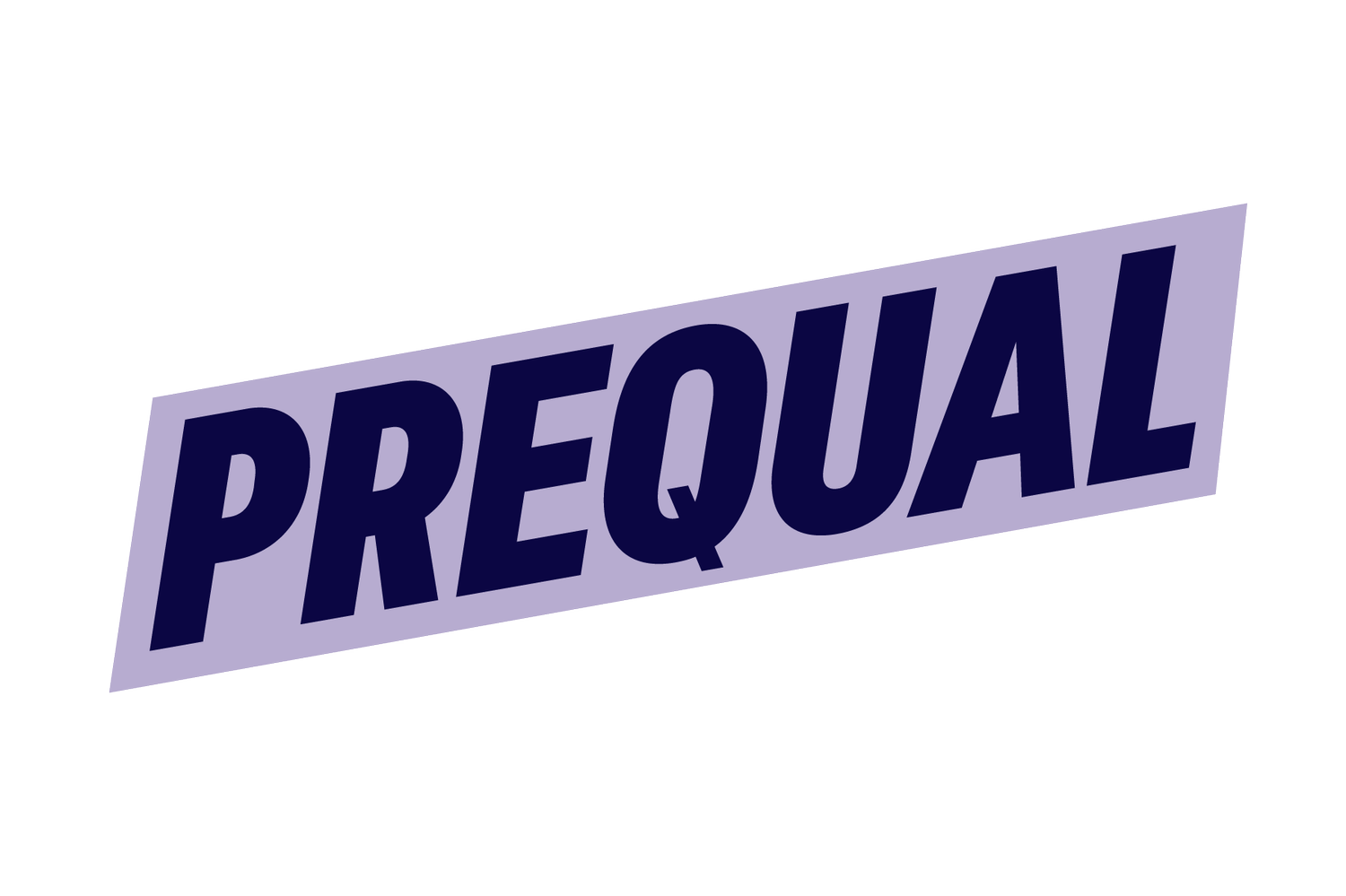From Side Hustles to Revenue Streams: Strategies for Successful Women Entrepreneurs
The entrepreneurial landscape is evolving, and women are leading the charge. What once started as side hustles or passion projects is now transforming into full-fledged revenue streams—driving economic empowerment, and reshaping industries.
Perhaps you’re a part of this movement of women entrepreneurs—you’ve built your side hustle from the ground up, and now it’s time to take it to the next level.
Whether you’re working on a passion project, looking to gain financial independence, or just seeking more flexibility, transforming your side hustle into a full revenue stream is within your reach. It’s about leveraging what you’ve already started and increasing its impact.
In this article, we’ll walk through why women start side hustles, the challenges you might face in scaling them, actionable strategies to help you make the leap, and the resources you can tap into for support.
Why Women Entrepreneurs Start Side Hustles
Starting a side hustle is often about more than just making extra money—it’s about creating the freedom to pursue your passions, gain financial independence, and have control over your schedule. You’re not alone in this pursuit.
In fact, women entrepreneurs are driving a shift in the business landscape. According to American Express, women-owned businesses grew by 21% between 2014 and 2019—more than double the growth rate of all companies.
Like many women, you might be motivated by the desire for flexibility or the opportunity to turn your passions into a thriving business. Forbes says that 38% of women said creating a better work/life balance was their primary reason for starting a business, many were motivated by a desire to pursue passion projects. The possibility of making a living doing what you love while balancing personal commitments is one of the powerful driving forces behind side hustles.
Financial empowerment is another key factor. According to the 2022 GEM Women’s Entrepreneurship Report, 42% of women entrepreneurs cited improving their financial security through wealth building as a key motivator. Starting your own business allows you to control your financial future and build a legacy on your own terms.
Key Challenges Women Entrepreneurs Face in Scaling Side Hustles
While the idea of scaling your side hustle into a full business is exciting, there are some real challenges that come with it. Here’s what you might face on your journey:
Time Management
As a woman, you may find yourself juggling many responsibilities—whether it’s running a household, caring for family, or managing other commitments. This can make it difficult to dedicate enough time to scaling your business. Studies show women spend significantly more time on household tasks than men, and this imbalance can leave you feeling stretched thin, limiting the time you can devote to growing your hustle.Funding Gaps
Many women struggle to access the capital needed to scale their businesses. In fact, only 2.3% of venture capital funding goes to female-led startups. You might be relying on your savings or bootstrapping to get things off the ground, but it can feel limiting when you need a bigger budget to grow.Work-Life Balance
Balancing your side hustle with your personal life can feel like a never-ending challenge. Many freelancers find themselves working late into the night just to keep up with the demand for their services. Managing client expectations and family duties often means sacrificing sleep or personal time—something that limits your ability to scale effectively.
Strategies to Make the Leap from Side Hustle to Revenue Stream
Scaling your side hustle is about being strategic. Here’s how women entrepreneurs can make the leap from side projects to full-fledged revenue streams:
1. Identify Scalable Offerings
Start by looking at what you’re offering and ask yourself: Which products or services could grow with demand? Whether it’s subscription services, digital products, or high-demand consulting, focus on what can scale without overwhelming you.
2. Network and Build Partnerships
Don’t go it alone. Building relationships is key. Whether you collaborate with thought leaders, partner with other businesses, or tap into mentorship programs, these connections will open doors to new opportunities and revenue streams. Networking gives you access to resources, advice, and partnerships that can help you accelerate growth.
3. Build Your Brand
Having a strong brand presence is essential. Make sure your messaging is clear, consistent, and resonates with your target audience. This includes having an engaging website, active social media profiles, and email marketing campaigns that drive your business forward. A strong, recognizable brand will attract the customers and partners you need to grow.
4. Cultivate a Resilient Mindset
Scaling a business comes with setbacks—sometimes, it’s a missed opportunity, a marketing campaign that didn’t land, or a tough financial month. But maintaining a resilient mindset is key. Embrace failure as part of the process, learn from it, and keep pushing forward. Your ability to adapt and stay focused on the long-term goal will determine your success.
5. Leverage Available Resources
Don’t be afraid to seek help. Whether it's applying for grants, using accelerators and incubators, or finding a business coach, there are plenty of resources designed specifically to help women entrepreneurs like you grow. These resources can provide funding, mentorship, and tools to help your business scale faster and smarter.
Resources and Support for Women Entrepreneurs
Scaling your business can feel daunting, but the good news is—there are tons of resources available to support you. Here are some that can make a real difference:
Women’s Business Centers (WBCs): These centers offer mentorship, training, and access to funding for women entrepreneurs.
SCORE: SCORE connects you with volunteer business mentors who offer free advice and workshops.
The National Association of Women Business Owners (NAWBO): NAWBO advocates for women business owners and provides valuable networking and educational opportunities.
Online Platforms: Tools like Shopify, Squarespace, and QuickBooks offer user-friendly ways to manage e-commerce, finances, and marketing—all essential for scaling your business.
Mentorship and connecting with other women entrepreneurs can also provide crucial emotional support. Many women find that sharing challenges and successes with peers who understand the journey helps sustain their growth.
Don’t wait for permission. You have everything you need to succeed. Step up, scale smart, and build a business that works for you.
Get the insights and tools to fuel your growth.
Subscribe to the Prequal newsletter for exclusive resources delivered straight to your inbox. SIGN UP HERE


